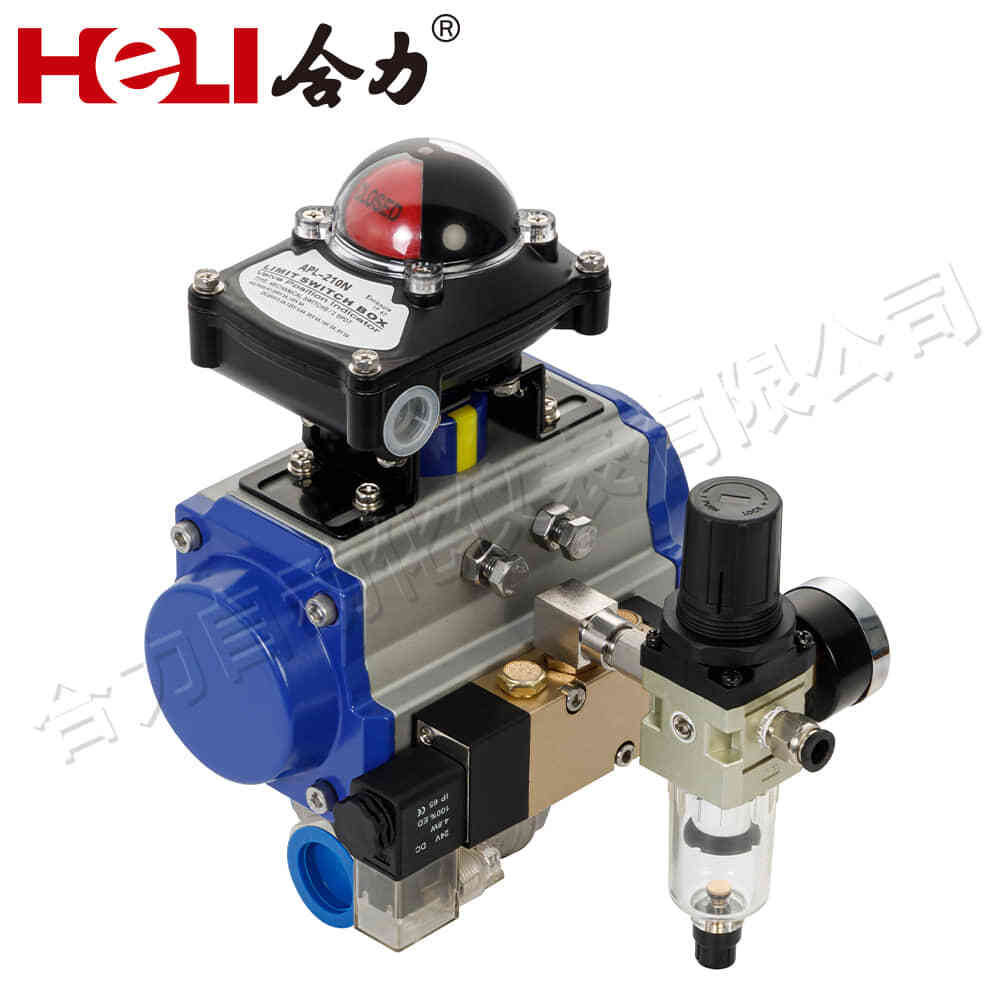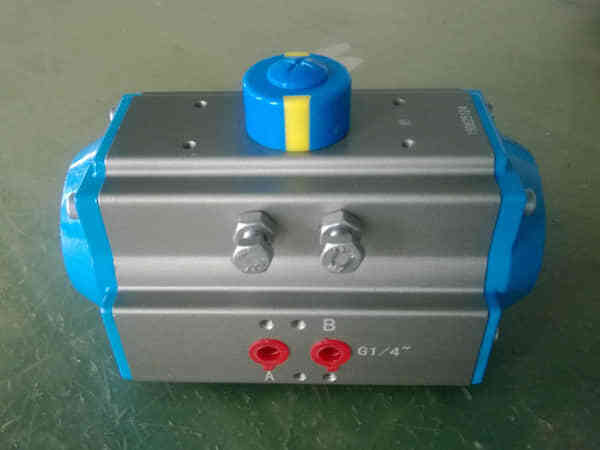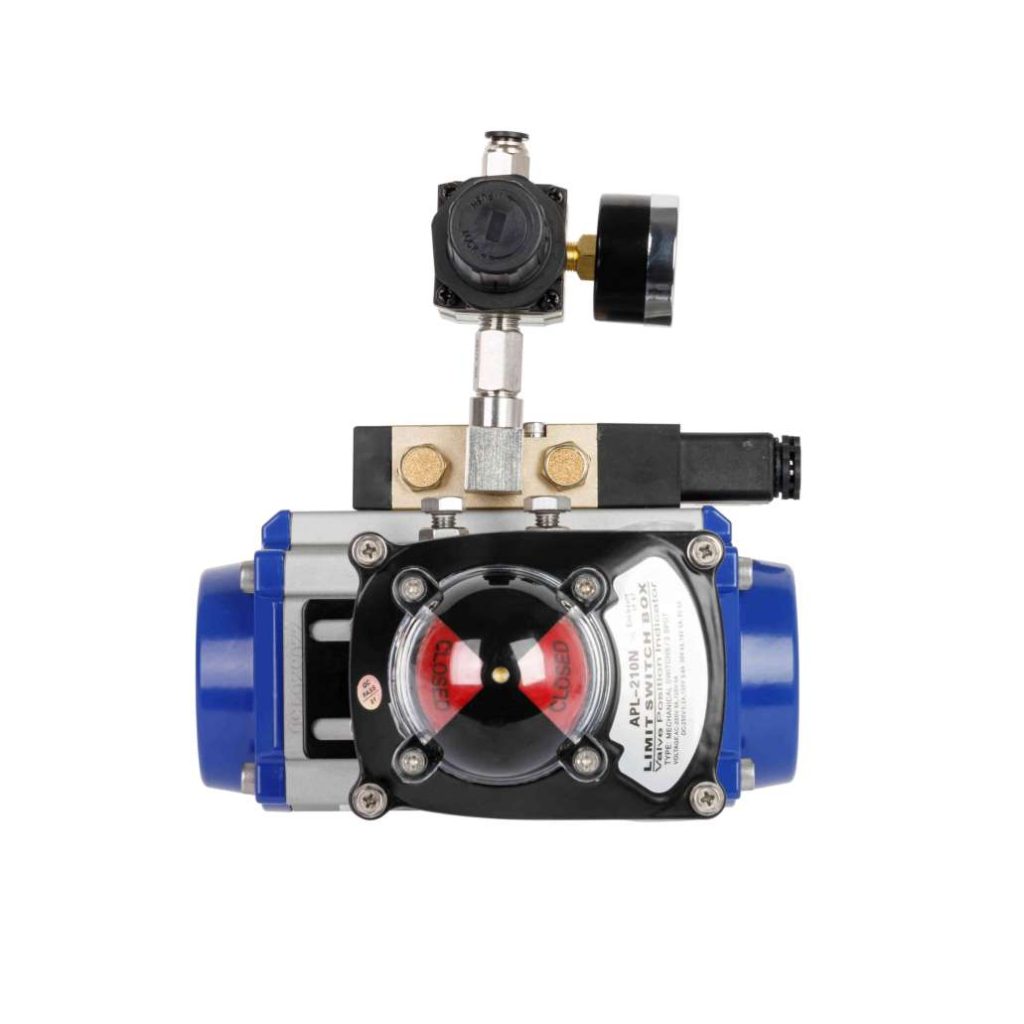A pneumatic actuator is a device that uses compressed air to produce mechanical motion. It plays a vital role in industrial automation, robotics, and a wide range of other applications requiring controlled movement. By converting compressed air into linear or rotary motion, pneumatic actuators provide an efficient and reliable solution for many mechanical tasks. This article explores the components, working principles, advantages, limitations, and diverse applications of pneumatic actuators.

Key Components of a Pneumatic Actuator

A pneumatic actuator typically consists of several key components: Cylinder: The cylinder is the heart of the actuator. It contains the piston and housing, where the compressed air is directed to generate movement. Piston: The piston is a moving part inside the cylinder, driven by the force of compressed air. The piston’s movement creates either linear or rotational motion. Valves: Pneumatic actuators rely on valves to control the airflow that enters and exits the cylinder. These valves regulate the direction, speed, and pressure of the air, enabling precise control of the actuator’s movement.
